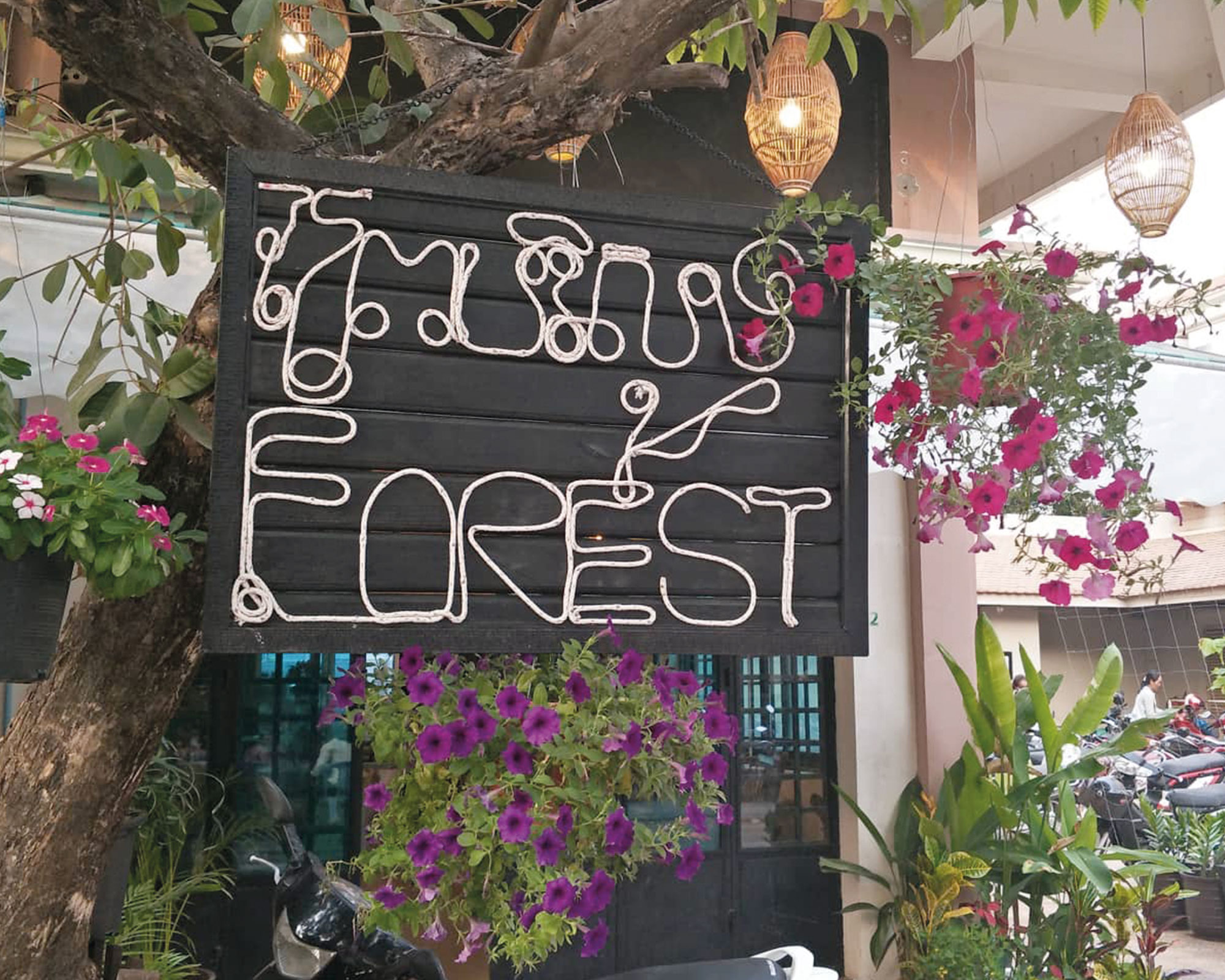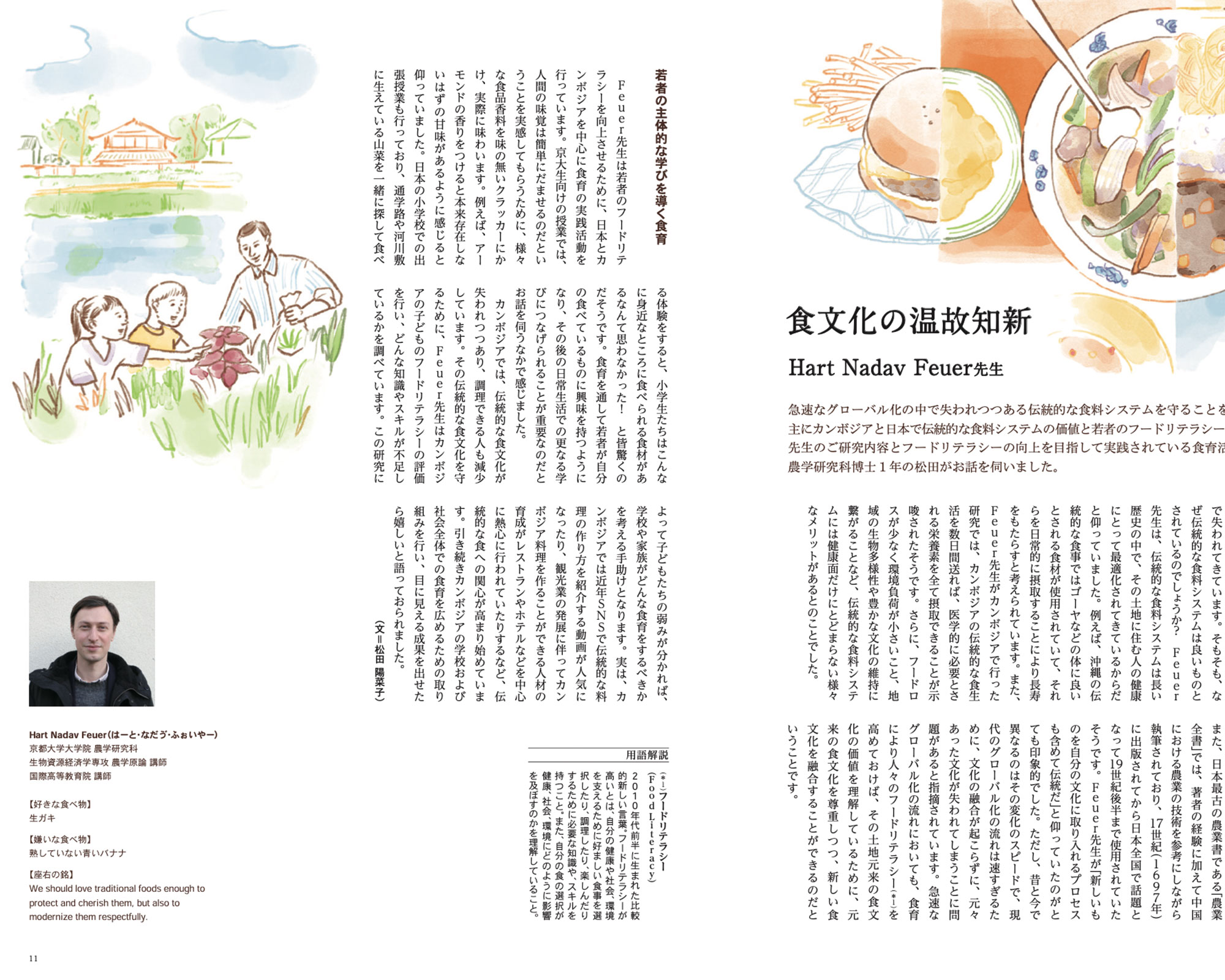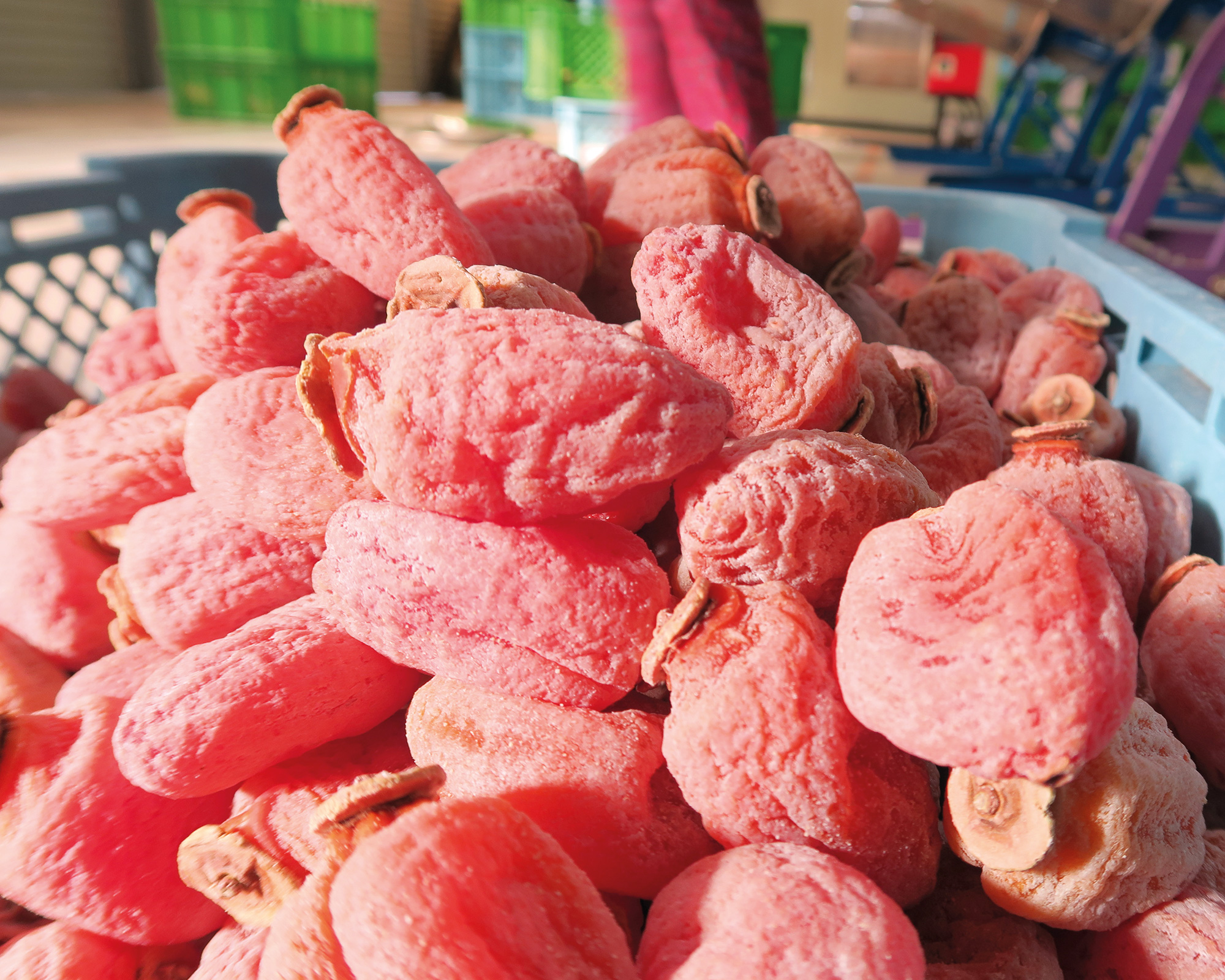We strive for a world where young people readily gain the experience they need to eat well, enjoy the bounties of agricultural heritage, and stand up for themselves in corporate food system.
Learning how to interact productively with the food system is like learning a language – the earlier you start, the more foundational your knowledge and skills will be.
By respectfully protecting food heritage and promoting it to the world stage, we can acknowledge the incredible work of our ancestors in fashioning biodiverse, tasty, and healthy cuisines.
Our work is proudly transdisciplinary, spanning academic writing, art, cookbooks, and curriculum.
We are a diverse team of researchers, chefs, farmers, artists, and educators who are passionate about creative and respectful shifts in our food system.
209,640
Grant Dollars
6
Grants
12
Team Members
70
Case studies (of food and plants)
5
Countries
10
School Food Literacy Benchmarks
Heritage food literacy — a growing and evolving concept.
People working to improve the food system invariably come to the conclusion that innovative initiatives and big changes will not get off the ground, or be sustainable, without a self-aware, capable, and enthusiastic younger generation. But rarely are initiatives able to include young children and take the views of young people seriously. We are proud to be part of an ever-growing movement that brings the perspective and participation of young children into everything we do – from wild edible plants, to heritage food conservation, future cuisine, and urban food system transformations. With humble roots in East Asia, we hope the heritage food literacy movement becomes the backbone of our struggle to reimagine and support a respectful and healthy food system.
Featured Heritage Food
Conservation Cases
Of all the origin countries of dried persimmon, Japan stands out as having the best international reputation. Anastasiya Shtaltovna
Hatcho Miso
(Okazaki, Aichi)

Miso has historically been home-made, so few commercial producers can rival the almost unbroken lineage of Hatcho Miso, which has been produced in the same place for nearly 700 years. Hart Feuer
read more
Pepper
(Kampot)

Already well-known before the French colonial period, Kampot pepper became synonymous for the best quality spice from Southeast Asia. Its mild sharpness and floral character stand out. Sary Seng
read more
Team, Researchers
Hart N. Feuer, Eric Olmedo, Rachel Thomas Tharmabalan, Tan Kean Buan, Chandavy Say, Sary Seng, François Couplan, Prof. Datuk Dr. Shamsul Baharuddin, SamAth Houy, Bunly Soeung, Courtney Work, Mai Kobayashi
Ulam – Wild Edible Plants
How to respectfully integrate wild plants into modern cuisines in order to protect biodiversity and attract young people.
The word ulam derives from Malay language and refers generally to complementary fresh or lightly cooked vegetables, and often more specifically to indigenous or wild plants uniquely connected to local cuisine. It is now used to describe the range of culturally important vegetables integrated into cuisines in East Asia, but it can also comprise social movements centered around wild vegetable consumption, such as foraging and consumption of whole plants (stem, flowers, rinds, etc.).

Benchmarking Food Literacy
Pioneering interactive measurements of food literacy for young people that help to identify gaps in food skill development for more targeted intervention.
Historically, food education has involved an arbitrary curriculum imposed by adults about what all children should know. However, without knowing what food-related skills and gaps children have, school systems and society cannot design appropriate curriculum. Regularly benchmarking children’s food literacy and reflecting on individual gaps is the first step to re-imagining lifelong food education.

Forest Pop-Up Restaurant
A space for discovery, experimentation, and biodiversity.
Forest is a pop-up restaurant in Cambodia that seeks to creatively integrate wild edible plants and mushrooms into modern Khmer cuisine, while remaining affordable and accessible for working class people. It is a transdisciplinary research-restaurant that gathers unique data about gathering, designing, and serving wild foods but it also a social enterprise.
read more

Sponsors
Kyoto University, National University of Malaysia / Institute for Ethnic Studies (KITA), Toyota Foundation, Lotte Foundation, Japan Society for the Promotion of Science (JSPS)






Division of Natural Resource Economics,
Graduate School of Agriculture, Kyoto University, © Hart N. Feuer
Get in touch
info@heritagefoodliteracy.com




